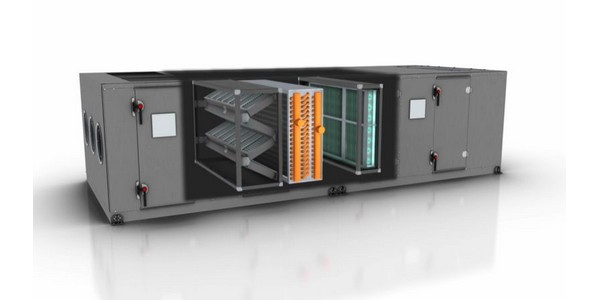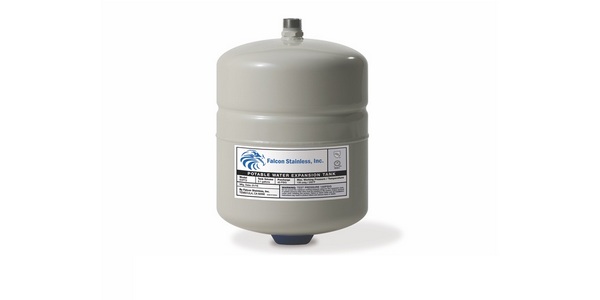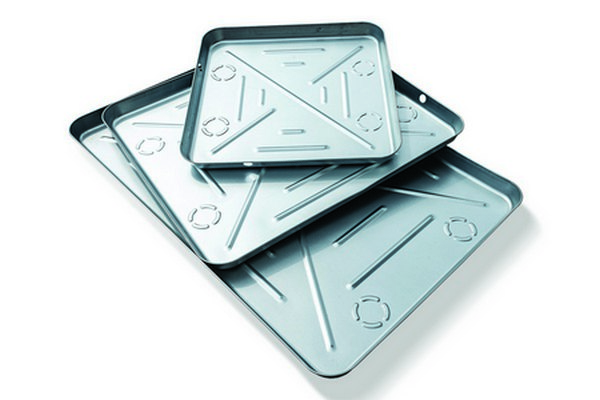Trane IAQ Assessment Identifies How to Improve Enclosed Environments

To prepare for reopening businesses, whether now or in the future, building managers have been focused on how to accommodate social distancing, implement mask-wearing policies and thoroughly sanitize surfaces. However, there is another key consideration required for success: indoor air quality.
After receiving a petition from 239 experts, the World Health Organization has revised its guidance on COVID-19 modes of transmission. WHO states that “aerosol transmission, particularly in indoor locations where there are crowded and inadequately ventilated spaces where infected persons spend long periods with others, cannot be ruled out.”
As with other airborne transmissions, like measles, there is potential for the virus to spread through particles known as aerosols, which can hover in the air after a person has left the area.
This input about how COVID-19 may spread propels air quality onto the list of things to evaluate and improve to restore confidence among occupants, whether it be employees, customers or other visitors.
HVAC strategies dilute, exhaust, contain and clean air in indoor activities
Heating, ventilation and air conditioning systems play a critical role in improving indoor air quality. The American Society of Heating, Refrigerating and Air-Conditioning Engineers indicates that making changes to the operation of HVAC systems can reduce exposure to airborne contaminants; however, the transmission and mitigation of COVID-19 in buildings is yet to be tested and confirmed.
To help building managers evaluate air quality and navigate how to improve it, Trane offers the Trane Indoor Air Quality Assessment. The assessment identifies areas of improvement and provides concrete guidance to optimize indoor air quality, including:
- A report with actionable, strategic recommendations to improve indoor air quality
- Guidance on what systems to update or improve to address critical issues
- Options to implement recommendations and a documented list of completed results
The assessment focuses on four critical areas of indoor air quality: dilute, exhaust, contain and clean.
Dilute. Proper ventilation ensures that plenty of fresh, outdoor air enters the building to dilute the build-up of certain contaminants indoors. In the past, the practice was to limit the intake of outdoor air to reduce operating costs. However, with new, indoor air quality priorities, building managers should significantly increase the amount of fresh air they are using to ventilate and dilute the air.
Thermal Systems and Technology Leader at Trane Technologies Ron Cosby says, best practice is to consistently run an HVAC system to remove stagnant air from the room and replace it with fresh, clean air.
- Change the setpoints on the HVAC system’s fresh air dampers that regulate the intake of outdoor air into a building. Increasing airflow from the outdoors flushes out stale, indoor air to help remove micro-biologicals, which may include certain viruses and other contaminants
- Disable demand-controlled ventilation originally set up to reduce outdoor airflow to save energy
Contain. Containment is the ability to control humidity levels inside a building. Controlling indoor humidity levels keep occupants comfortable, but it can also reduce the uptake and impact of certain viruses.
- Incorporate humidity sensors to maintain humidity levels between 40-60% relative humidity
- If humidity levels drop below 40% relative humidity, seek the input of an HVAC expert to determine how to raise the humidity without generating condensation within the building
Clean. Cleaning air reduces particles, odors and micro-organisms and micro-biologicals such as mold, bacteria and certain viruses. Air cleaning is advantageous to maintain an optimal environment for visitors, but now it’s even more critical.
There are a variety of different air cleaning technologies ranging from ultraviolet germicidal irradiation to photocatalytic oxidation. However, the quickest and most cost-effective way to enhance air cleaning is by upgrading HVAC filters to ones that more aggressively capture certain microbiological particles.
- Upgrade filters to ones with high MERV ratings. The MERV range spans from 8- 16. The rating system created by ASHRAE indicates how effectively the filter captures contaminants based on contaminate size. The higher the MERV number, the smaller and finer the particles it can potentially capture. ASHRAE recommends building managers use filters rated MERV13 and above.
- The most effective filters are HEPA filters to reduce both larger micro-biologicals and those that adhere to aerosols and small particulates.
- Consider a long-term air cleaning solution. For example, the Trane Catalytic Air Cleaning System neutralizes and significantly reduces certain contaminants in the air using an advanced photocatalytic oxidation process.
Exhaust. Expelling exhaust air from a building is also important. Especially in small, closed-off rooms such as bathrooms and kitchens that use exhaust fans to facilitate airflow. Run exhaust fans 24/7 to increase airflow in these spaces.
The Trane Indoor Air Quality Assessment
The Trane IAQ Assessment is a science-based, data-driven analysis of how a building’s indoor air quality adheres to current industry recommendations and guidelines. Trane engineers and technicians will examine and provide relevant data in critical areas that influence indoor air quality. Where possible, Trane can conduct the assessment remotely through the building automation system. Building operators will receive actionable data and insights about the building’s overall air quality to take immediate action and plan for future improvements.
The Trane Indoor Air Quality Assessment is part of the Ready for Now, Resilient for Tomorrow program from Trane Technology that includes four service offerings – Indoor Air Quality Assessment, System Startup, Energy Checkup and Remote Services.
To learn more, visit www.trane.com.



